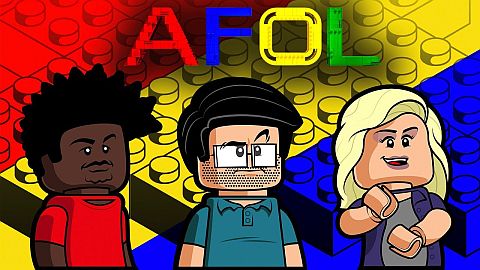With summer upon us, LEGO fans can look forward to lots of new LEGO sets. Some of the new releases are available this month, and others will be available in July and August, so there is something to be excited about each month. Today, we will discuss what’s available during the month of June, and we will also briefly touch upon sets coming later this summer so you can plan ahead. So, let’s dive in!

To start out, I wanted to mention that LEGO recently announced that the LEGO Store Calendar is only going to be available in digital format starting in July. The calendars used to be a great way to learn what promotions were available throughout the month, and what events were happening at LEGO store locations. However, this year LEGO stopped listing the upcoming promotions in the calendars, so they became a lot less useful. Still, if you have kids and live near a LEGO store it was a great resource to learn about various events. To plan ahead for events, from July on, you will have to visit the LEGO stores page to view the current calendar.
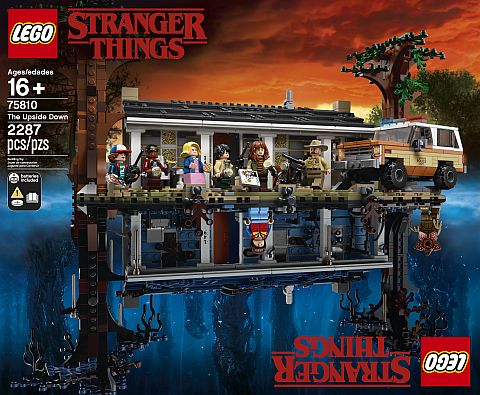
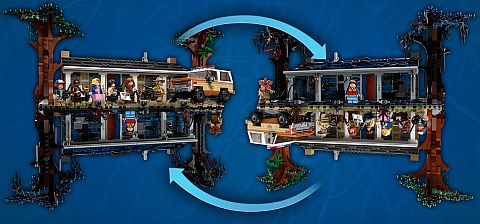
➡ LEGO STRANGER THINGS SET AVAILABLE: The #75810 LEGO Stranger Things: The Upside Down set is now available for everyone not just LEGO VIP members. This is a fantastic set for fans of the popular Netflix series that we reviewed yesterday. You can find it at the LEGO Stranger Things section of the Online LEGO Shop.
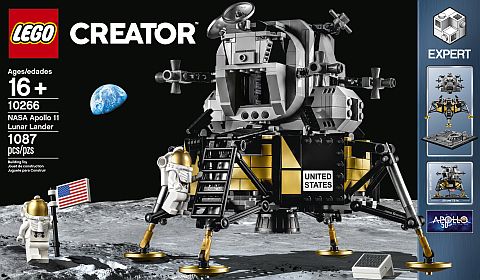
➡ LEGO NASA APOLLO 11 LUNAR LANDER: The #10266 LEGO Creator NASA Apollo 11 Lunar Lander is now available. We talked about the set a couple of days ago (see links at the end of this post), but briefly, it was developed in cooperation with NASA to mark the 50th anniversary of the historical event of the first manned moon landing. It features a highly detailed replica of Apollo 11’s Eagle lunar module, plus a depiction of the lunar surface, complete with crater, footprints, and a U.S. flag. The descent stage comes with gold-colored landing pads and panels, opening camera and laser hatches, and a ladder, while the ascent stage has a detailed interior with room for the two included astronauts. The finished model measures over 7” (20 cm) high, 8” (22cm) wide and 7” (20cm) deep. The piece-count is 1,087 and the price is $99.99. You can find it at the LEGO Creator Expert section of the Online LEGO Shop.
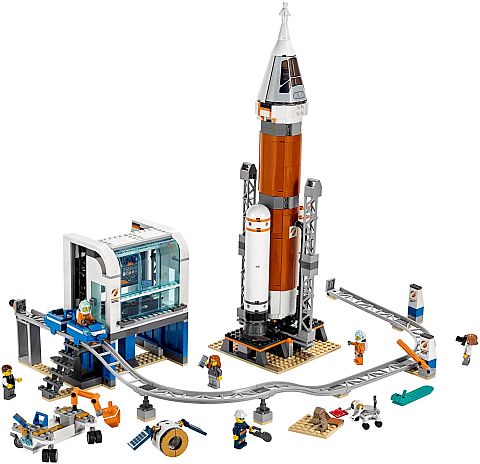
➡ LEGO CITY SPACE SETS: The Lunar Lander is not the only space set this month. There is also a large selection of LEGO City Space sets coming on June 23rd (they will probably be available from retailers earlier than directly from LEGO). It’s an amazing collection of space shuttles, rockets, space stations, research stations, land vehicles, and more. The only sets available from the collection starting today (June 1st) are the #40345 LEGO City Space Minifigure Pack with four minifigs and accessories, and the #60230 LEGO City People Pack – Space Research and Development set with fourteen minifigs and accessories! These two sets can be purchased right now, and you can also check out (and drool over the pictures) of the other sets that will be released later this month at the LEGO City section of the Online LEGO Shop.
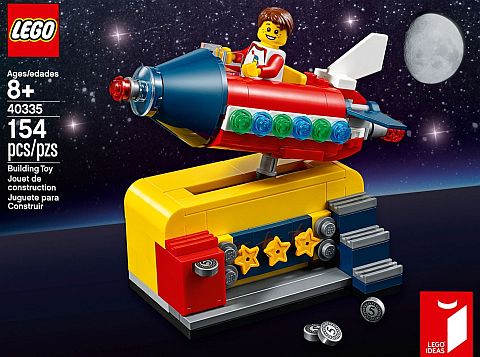
➡ FREE LEGO SPACE ROCKET RIDE SET: Take a ride back in time with the LEGO Ideas Moments in Space competition winner! The super cute retro-themed Space Rocket Ride allows you to place a coin in the slot and turn the sprocket to operate the ride. The set also includes a minifigure with the LEGO Classic Space logo printed on his shirt. The exclusive #40335 LEGO Space Rocket Ride is available free from 06/05/19 through 06/18/19 or while supplies last with purchases of $99 or more at official LEGO stores and the Online LEGO Shop.
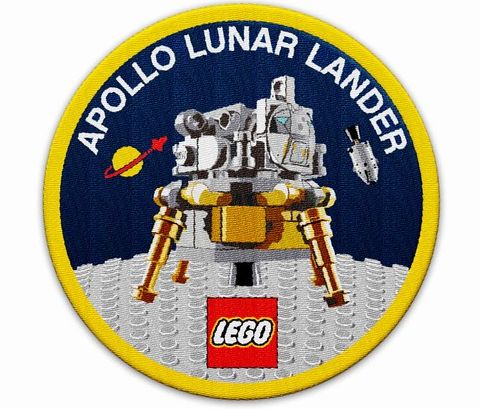
➡ FREE LEGO VIP LUNAR LANDER PATCH: LEGO VIP members get another special free item when they purchase the #10266 LEGO Creator NASA Apollo 11 Lunar Lander; a very cool looking NASA Apollo 11 Lunar Lander patch! The patch has an adhesive backing and includes the LEGO logo and a picture of the Lunar Lander. Celebrate the 50th anniversary of the moon landing with this cool piece of space history! This offer is valid for LEGO VIP members June 1-9 at official LEGO stores and the Online LEGO Shop.
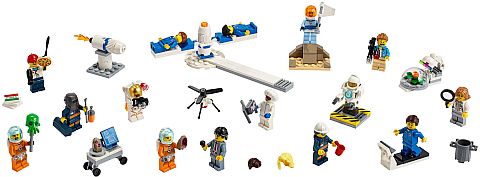
➡ LEGO CITY PEOPLE PACKS AVAILABLE: Besides the #60230 LEGO City People Pack – Space Research and Development set, we also got the #60234 LEGO City People Pack – Fun Fair. This set also comes with fourteen minifigs and a bunch of accessories. It would go well with the existing LEGO City Fairground sets, or in any LEGO City park settings. Both sets are available at the LEGO City section of the Online LEGO Shop.
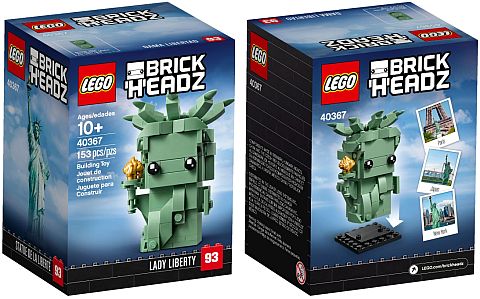
➡ LEGO BRICKHEADZ STATUE OF LIBERTY: There has been rumors that the LEGO BrickHeadz line is discontinued, but it has been confirmed by LEGO that this is not the case. They may not release as many BrickHeadz characters as in the past, but we will still get some. The latest addition that became available today is the #40367 LEGO BrickHeadz Lady Liberty with sand-green pieces and a gold-colored torch. You can find it at the LEGO BrickHeadz section of the Online LEGO Shop.
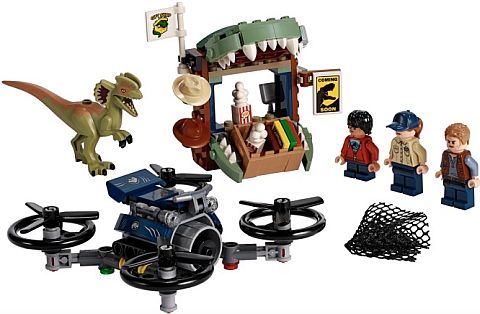
➡ LEGO SUMMER SETS IN JULY: Summer sets released in July include two more of the smaller minifig sets with four minifigs each (the #40342 LEGO Ninjago Minifigure Pack, and the #40344 LEGO City Summer Minifigure Pack). A large selection of really well designed LEGO Friends sets are also coming, including a large amusement park, several underwater and other water-themed sets, and a sweet restaurant. You can see them all already at the LEGO Friends section of the Online LEGO Shop. We are also getting four new LEGO Jurassic World sets with awesome new raptors. One of the sets ( #75934 LEGO Jurassic World Dilophosaurus on the Loose) will be released in July, and the other three in August. You can find them at the LEGO Jurassic World section of the Online LEGO Shop.
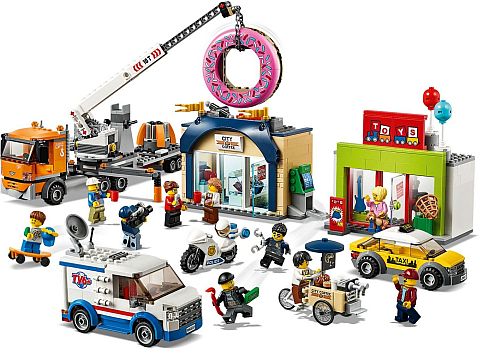
➡ LEGO SUMMER SETS IN AUGUST: Sets released in August will include the #21045 LEGO Architecture Trafalgar Square, and the #21046 LEGO Architecture Empire State Building. Amongst the regular LEGO City sets, one of the best ones is the #60233 LEGO City Donut Shop Opening. There are some great LEGO Creator sets coming as well, including a UFO-themed carousel, a lovely modular townhouse, a helicopter, and a forest hut. All these sets will come with alternate builds and can be seen already at the LEGO Creator section of the Online LEGO Shop. We are also getting six new Batman sets, rehashing some old favorites as well as new additions. You can find them already at the LEGO DC Super Heroes section of the Online LEGO Shop. LEGO Ninjago is getting a large wave with some fantastic sets, and a new generation of spinners. Some of the highlights are the #70676 LEGO Ninjago Titan Mech, the #70677 LEGO Ninjago Land Bounty, and the #70678 LEGO Ninjago Castle of the Forsaken Emperor. See them all at the LEGO Ninjago section of the Online LEGO Shop.
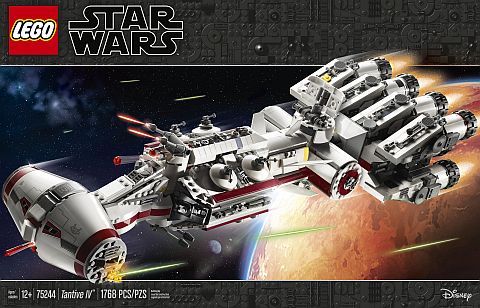
Besides the new and upcoming releases, don’t forget about some of the previously released new sets like the #75244 LEGO Star Wars Tantive IV, the second wave of the #70837 LEGO Movie 2 sets, the new LEGO Marvel Super Heroes sets, the LEGO Toy Story 4 sets, and more. You can find them all at the New tab of the Online LEGO Shop.

What do you think? How do you like the newly released sets and the other sets coming later this summer? Are you planning to get anything this month? Or are you waiting for the later releases? Which sets are your favorites? Feel free to share your thoughts and discuss in the comment section below!
And you might also like to check out the following related posts:
